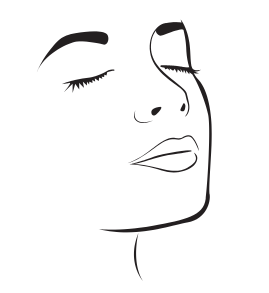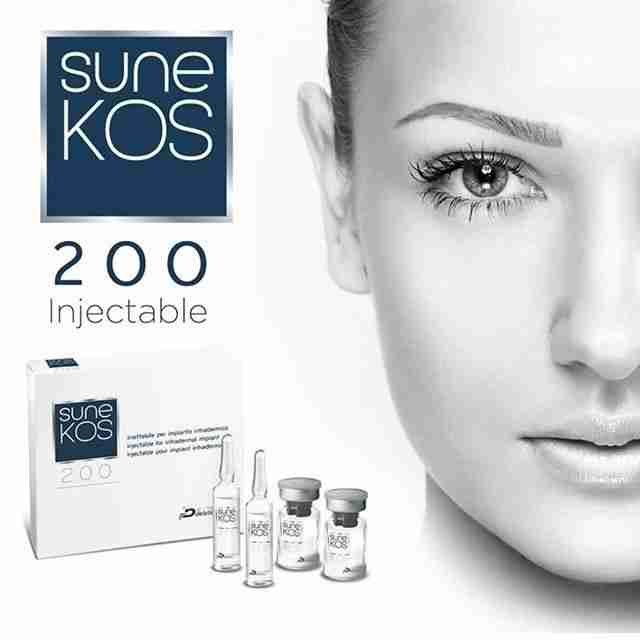PDO THREAD TREATMENTS SHOULD BE CARRIED OUT BY A MEDICAL PROFESSIONAL REGISTERED WITH CQC. FLAWLESS AESTHETIC CLINIC IS NOT CURRENTLY REGISTERED AND I NO LONGER OFFER THREADS IN MY CLINIC. I NOW OFFER SCULPTRA AND FILLER LIFTS ONLY.
Due to PDO threads lifting effect, as well as ability to boost and stimulate collagen synthesis and production while the threads gradually dissolve under the skin over time they are becoming one of the most highly sought-after non-surgical procedures, however there can be complications of thread lifts.
Complications of PDO Thread Lift
Many people searching for threads may see an article, PDO threads ruined my face! But what are the specific complications of a thread lift?
Thread lift procedures are extremely safe. Despite so, complications and risks are ever present; just like in any medical procedure. Understanding the complications of a thread lift is crucial before undergoing the treatment.
In any procedure, complications can occur. Thus, it is important for a practitioner to have techniques, skills, and knowledge to handle any complications of a thread lift effectively.
At Flawless Aesthetic Clinic, I manage your care by following up and dealing with any complications of thread lift as they arise. I am the only clinic offering a follow up consultation after the procedure for free.
The Top Complications of are:
Discomfort and Pain: One of the top most common complaints and reported “complications” is discomfort and pain. While minimally-invasive, thread lift procedures are not entirely pain-free.
Following the lift at home some ‘popping’ and ‘twanging’ sensations can be felt. This is the barbs on the COG threads which have small teeth to attach and pull up the skin.
Bruising, Swelling and Soreness: Although it is one of the most minimally-invasive procedures there are the market today, patients do some times experience post-procedural bruising, swelling and soreness. If not the most commonly reported complication, it is still one of the top.
Patient Dissatisfaction: Similar to the classification of discomfort, pain, bruising, swelling and soreness, some studies do not define patient dissatisfaction as a complication, as this is often attributed to the discrepancy between patients’ expectations and actual results.
Haematoma/Bruising: Patients may develop haematoma when an injury/damage the wall of a blood vessel causing blood to seep out into the surrounding area during the procedure. As the nature of aesthetic treatments involves needles to the face some bruising is normal and cannot always be avoided, which may last several weeks.
Although some patients do not bruise, I always state I cannot guarantee they will not and so advise if they have a social event coming up or are worried people will know they have had a procedure it’s best to book a few weeks ahead. Bruising can be minimised by using the cool packs, avoiding anti inflammatory medication and alcohol. After the initial insertion points are completely healed, usually after 24 hours, then make up can be used.
Infection: Another possible complication that may arise from the performing of a thread lift procedure is infection. Despite it being uncommon, infection associated to the procedure can occur.
In all the years of doing PDO threads I have never had a case of infection, however, if one did arise, as a nurse prescriber I am able to prescribe antibiotics if this was to happen.
Facial Asymmetry: Very few peoples faces are symetrical in the first place. Facial asymmetry is caused by various factors such as the use of anaesthetic, and/or inadequate lift in one side. Facial symmetry is usually a benefit of the treatment.
Protrusion, Extrusion and Migration of Threads: Protrusion, extrusion and migration of threads, if any, are due to threads being weak or when an inserted thread overlays an area of aggressive animation.
Dimpling/Puckering & Irregularities: Dimpling and irregularities can occur in a patient, post-procedure. One of the most common areas of occurrence is in the subcutaneous tissue of a “sunken cheek” and/or in the oral angle areas where there might be excessive facial expressions/movements.
Despite all the above possible complications that can result from thread lift, the general consensus is that thread lift procedure is one of the most advanced, minimally-invasive and safest non-surgical procedures.
By understanding the cause, effects and right procedures to manage the different possible complications, Flawless Aesthetic Clinic can safely deliver the best results in patients.
PLEASE NOTE THIS IS FOR PUBLIC EDUCATION FLAWLESS AESTHETIC CLINIC NO LONGER CARRIES OUT PDO THREADS.




Great read, Thanks for sharing
Thanks, you’re welcome
Can be swelling inside mouth after thread lift cheek?I want to know causes and treatment.When it heal by using ice pack.And want to know the duration of thread dissolving and face return to normal.
I do offer training in the UK for Doctors?